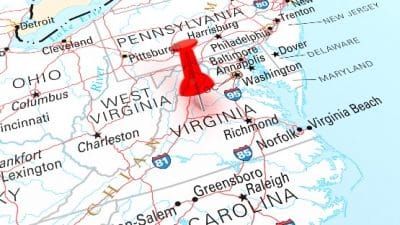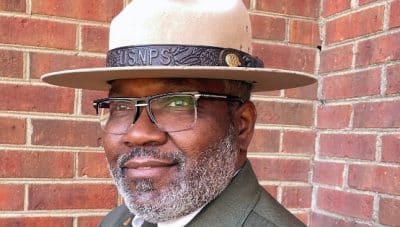The very idea that we should move Confederate monuments from public spaces is an affront to history. This is what the president is selling us.

The president suggests that the push to remove memorials to the Confederacy from public spaces is what is ripping the country apart, not the effort by white supremacists to use the monuments as a flash point for a renaissance of hate.
The history of the statues is very much in line with the aims to provide oxygen to hate and racial subjugation.
They popped up in three major waves: in the 1880s, after the end of Reconstruction, when unreformed Confederates re-ascended to political power, and erected memorials to the Lost Cause as a middle finger to the Union and freed blacks; in the late 1890s, in the wake of the Supreme Court decision in Plessy v. Ferguson, which gave constitutional cover to Jim Crow; and the early 1920s, as a reminder to white Southerners whose memories and good feelings about the war their grand-pappies had fought were fading to get them to stay in line.
In the intervening years, we had the whitewashing of the Confederate flag as a symbol of “heritage” even as it was being used beginning in the 1950s and 1960s at the height of the civil rights movement and the half-century since as a not-so-subtle reminder of that “heritage.”
What purpose, then, do these monuments serve?
We know that they have served, dating back more than 130 years, as a symbol of continuing division between race and class in the South, where savvy political leaders expertly “waved the bloody flag” as cover for the preservation of what was in essence a political and economic aristocracy for nearly a century.
The white supremacists who are now leading the battle cry to save the monuments have much more sinister motives: a Taliban-style patriarchal White America, racially, culturally and religiously homogenous, intolerant of even a sliver of dissent on any of those points.
Basically, 1858.
What, then, about the president’s cries to the effect that those who would remove these statues from public squares are trying to rewrite history?
Well, no, you can’t rewrite the history of the United States to the point of sanitizing our collective experiences to meet the demands of our 21st century sensibilities.
Slavery was literally written into our Constitution. Even the great Thomas Jefferson, as he penned the Declaration of Independence, not even arguably the most important written document in human history, owned slaves at the time he put the words to paper, and did for the remaining 50 years of his life after.
George Washington owned slaves. Abraham Lincoln demurred over the Emancipation Proclamation. Every president and Supreme Court justice and other statesman of any significance between Washington and Jefferson and today acquiesced in the perpetuation of slavery, Jim Crow, massive resistance, housing and job discrimination, mass incarceration and disenfranchisement, dilution of voting power through political gerrymandering.
We don’t have the capacity to produce enough bleach to cleanse the sins of our past, our present and the ones that we will continue to commit into the distant future.
But our collective history is more than our collective sins. Jefferson, slaveholder, breathed life into the concept that all men are created equal. Washington led our armies to victory in our American Revolution. Lincoln did issue the Emancipation Proclamation and prosecuted the war against rebels intent on preserving the institution of slavery to the bitter end.
Women waged a decades-old battle to win the right to vote that had been denied them. We perservered through a Depression and then immediately after defeated a literal axis of fascism, and the seeds of that victory jumpstarted a civil rights movement that decodified Jim Crow and thrust our nation into the modern era.
In recent years, another civil rights movement has extended equal treatment under the law to an LGBTQ+ community that a generation ago was forced to live in so many closets.
Our country will never be the perfect union that we want to think it can be, but every generation, it moves a little more in the right direction.
It’s the moves in the right direction that we need to celebrate with memorials at courthouses and other public spaces.
We should celebrate the progress that we have made as a way to motivate us to want to continue to strive toward progress.
That’s what purpose public monuments should serve: to unite, not divide.
Column by Chris Graham










